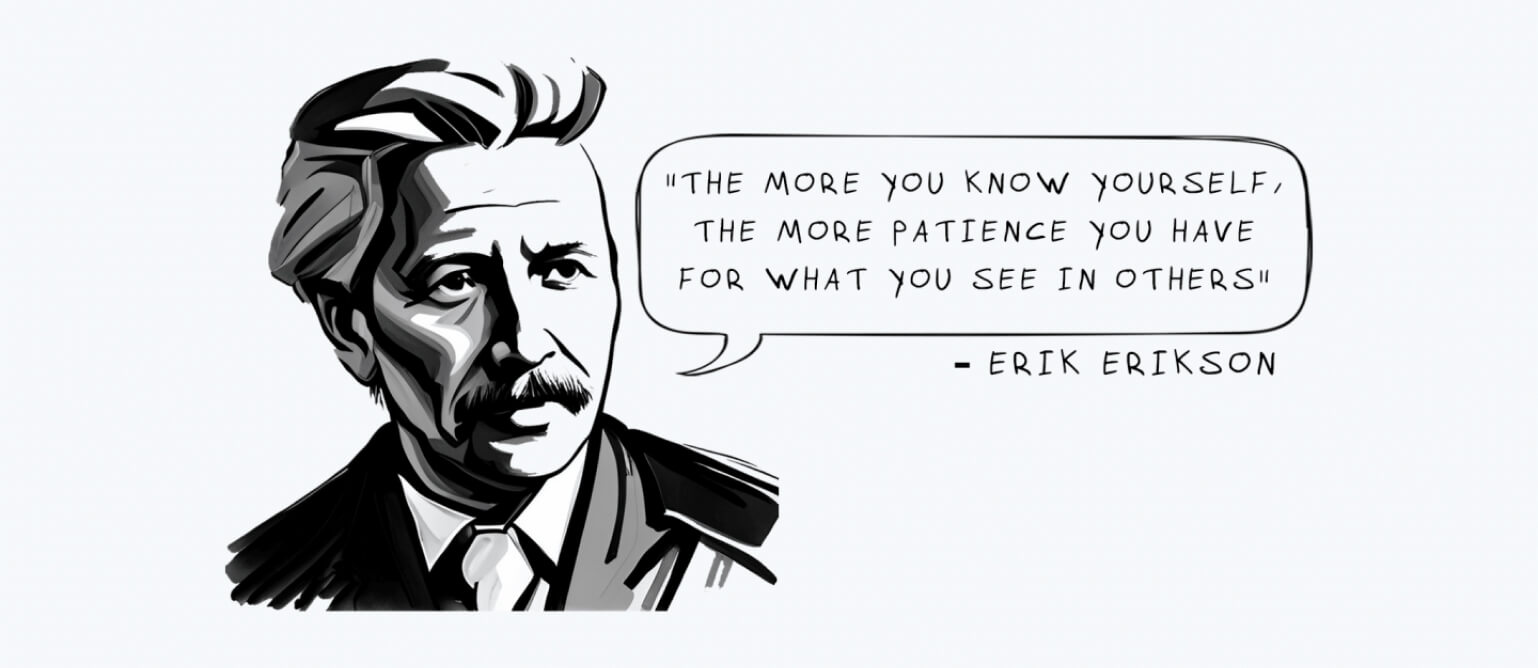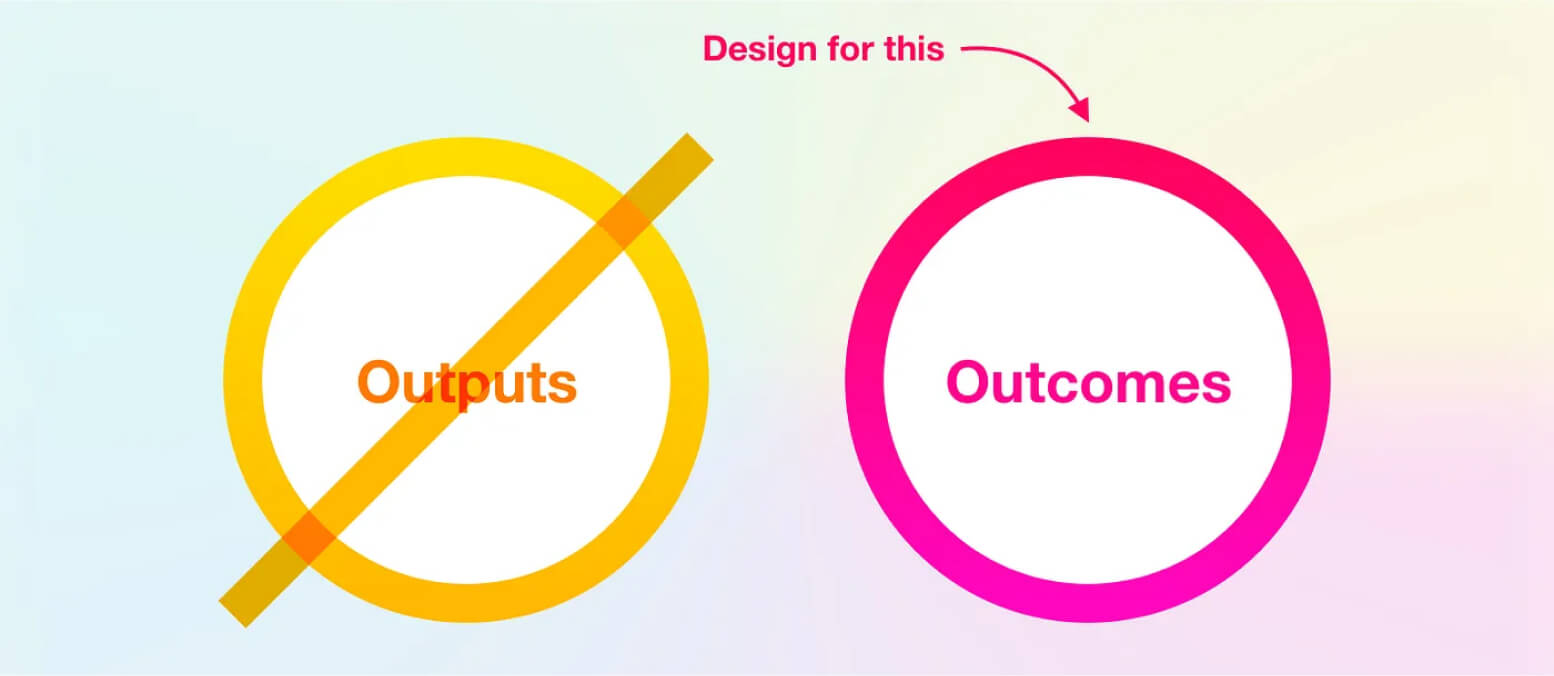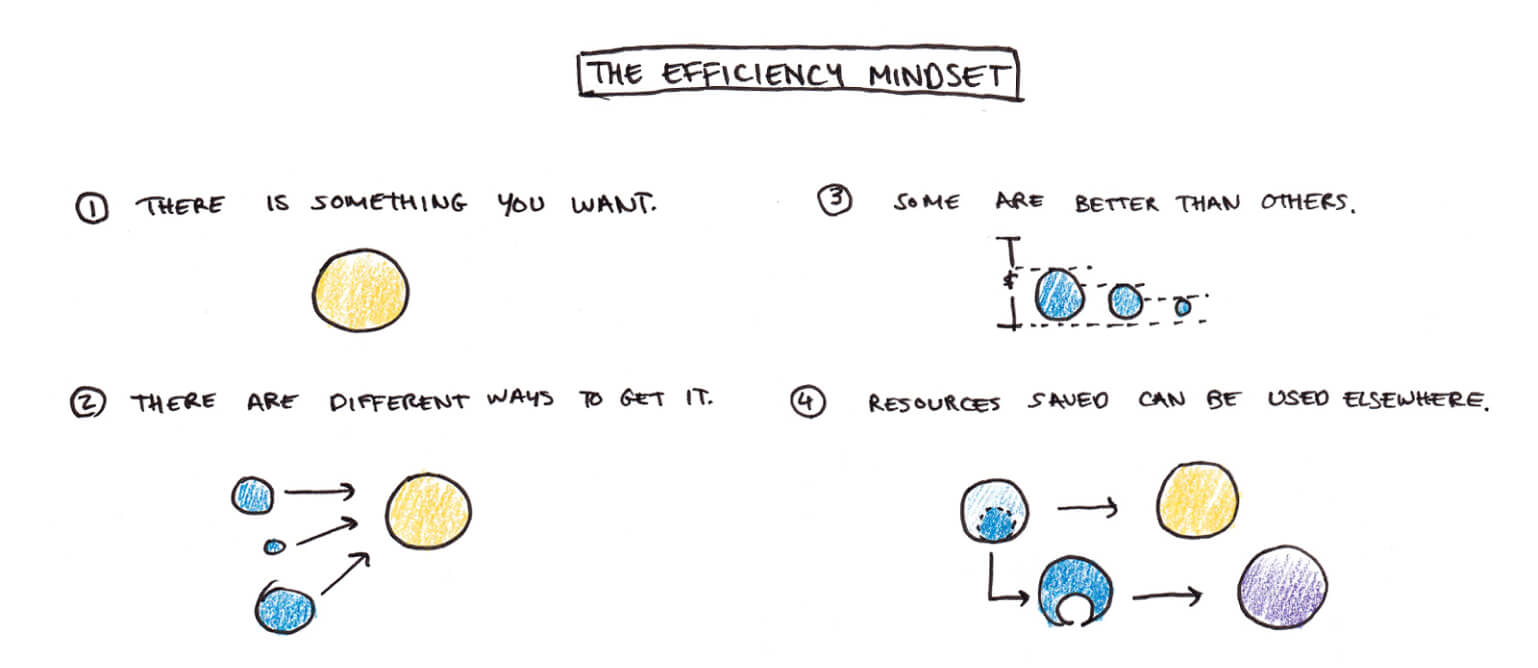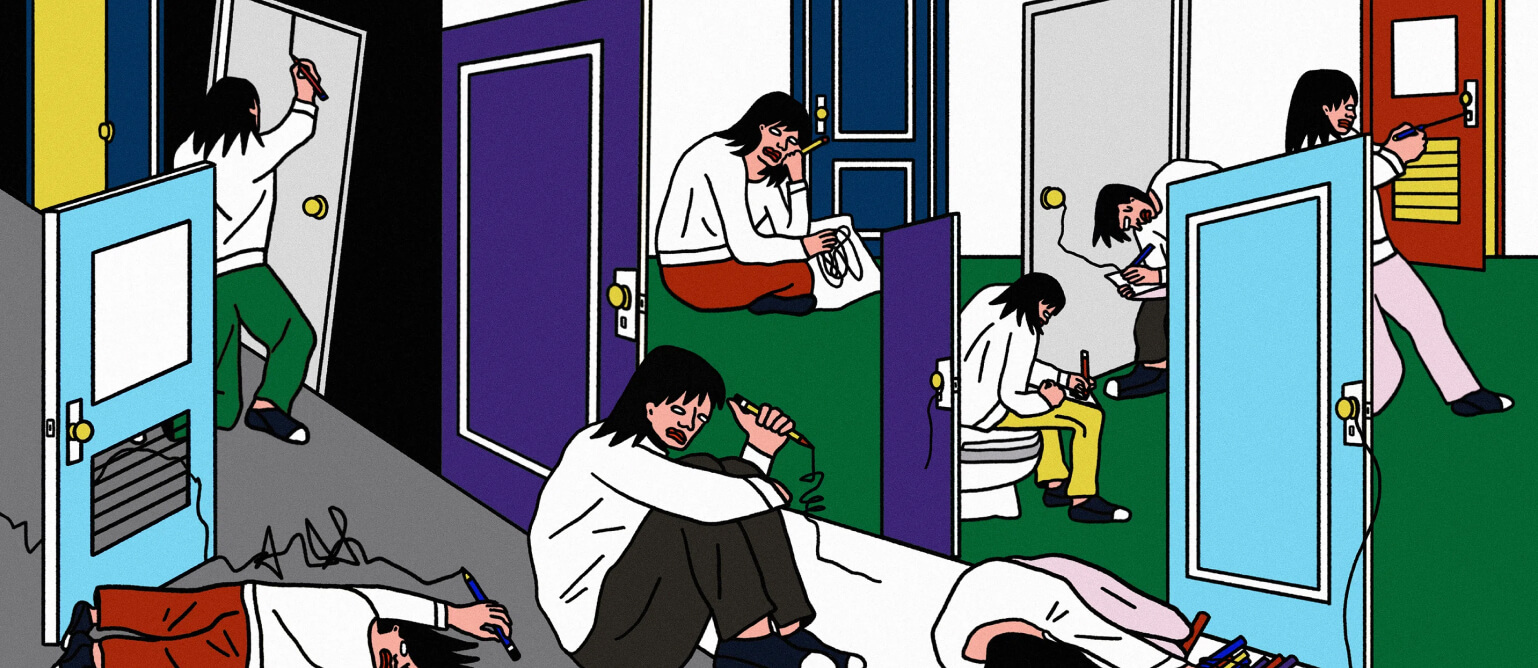- |
- |

This month’s Super8 is cause for celebration.
September marks 18 years since we opened our doors to embark on this whole adventure as August. Coincidentally, it’s also the 100th edition of Super8. It’s a genuine joy to curate and connect you with thought-provoking articles, and we hope to deliver 100 more in years to come!
The 100th edition of Super8 is brought to you by Dan Banik, with an eclectic selection that’s difficult to categorise but easy to find fascinating. Ranging from psychopathy to commercialising AI and finishing off with font foundries, there’s surely something to spark your imagination and grab your attention. It’s Super8—edition 100—in September!
1. The psychopathic path to success.

- Read the full article here.
- Created by: David Adam.
- Contributed by: Daniel Banik.
The research on psychopathy and success is complex and nuanced, but it is important to be aware of the potential risks and benefits associated with interacting with psychopaths. In this article, David Adam explores the relationship between psychopathy and success. Psychopathy is a personality disorder characterised by a lack of empathy, remorse, and guilt, as well as a grandiose sense of self-worth. Pychopathy goes much further than the Hollywood depiction to which we have become accustomed. You will need to read on to find out how these stories play out in the real world.
2. The 8 stages of life that make or break you.

- Read the full article here.
- Created by: Darius Foroux.
- Contributed by: Sarah El-Atm.
If you have studied psychology in high school or university, you will have heard of Erik Erikson’s Stages of Development. Erkison’s theory, although over 50 years old, has stood the test of time (so far, anyway). Here, Darius Foroux discusses the eight stages of life that Erikson believed influence how our personality traits unfold throughout our lives. Foroux explains that these stages are not linear, and that we may move back and forth between them as we experience different challenges and opportunities. This article will either be revelation or timely revision.
3. Design for meaningful outcomes.

- Read the full article here.
- Created by: Ian Batterbee.
- Contributed by: Kurt Smith.
Designing for meaningful outcomes is essential for creating products and services that make a real difference in people’s lives. By focusing on the user’s needs and goals, and designing for their entire journey, designers can create products and services that are both useful and engaging. By measuring the impact of their designs on meaningful outcomes, designers can ensure that they are creating products and services that have a positive impact on the world.
4. What exactly are the economics of AI?

- Read the full article here.
- Created by: Gary Marcus.
- Contributed by: Sergio Moreira.
In this article, Gary Marcus discusses the potential financial success of generative AI companies like OpenAI. He points out that AI has been very successful in some areas, such as Google Search and Meta’s ad targeting, but it has not yet made significant money in generative AI. He also notes that the underlying technology is still unstable and difficult to engineer into reliable products. However, is it too early say whether generative AI companies will be financially successful?
5. The efficiency mindset.

- Read the full article here.
- Created by: Scott Young.
- Contributed by: Matt Agar.
Here you will learn about the efficiency mindset. Scott Young explores what the efficiency mindset is and when it works and doesn’t work. The efficiency mindset is the idea that there are better ways to do things that will save time and effort. This mindset can be helpful when learning new things or trying to achieve goals. However, it’s important to remember that the efficiency mindset isn’t always the best approach. You’ll have to read the piece to understand why.
6. Exploring creative grief and how to deal with it.

- Read the full article here.
- Created by: Danielle Pender.
- Contributed by: Elliott Grigg.
Creative grief is a complex and challenging experience, but it can also be an opportunity for personal growth and transformation. Creative grief is the loss of a creative project or idea. It can be a difficult and isolating experience, but it is important to acknowledge and process these emotions. Here, Danielle Pender offers some tips for coping with creative grief. If you’ve ever found yourself pining for a project that is now long gone, perhaps this piece might remind you that you are not alone.
7. How technology is hijacking your mind—from a magician and Google Design Ethicist.

- Read the full article here.
- Created by: Tristan Harris.
- Contributed by: Sebastian Griffiths.
Technology companies use psychological techniques and AI algorithms to hijack our minds and attention, often at the expense of our well-being. Tristan Harris discusses the ways in which technology can hijack our minds and attention. He presents that technology companies use a variety of psychological techniques to keep us engaged, often at the expense of our well-being. Harris explains how magicians use techniques such as misdirection and distraction to control our attention and argues technology companies use similar techniques to keep us engaged.
8. Where do fonts come from? This one business, mostly.

- Read the full article here.
- Created by: Sara Friedman.
- Contributed by: Bridget Noonan.
Fonts are created using a variety of methods, from hand-carving to digital design software, and are used to communicate and express ideas in a visually appealing way. Sara Friedman explores the history and process of font creation, from the early days of movable type to the present day. In the early days, fonts were created by hand, but this was a slow and expensive process. Today, fonts are created using digital design software. This allows font designers to create more complex and sophisticated fonts than ever before.
More Articles
Up for some more?
Get your monthly fix of August happenings and our curated Super8 delivered straight to your inbox.
Thanks for signing up.
Stay tuned, the next one isn't far away.
Return to the blog.
